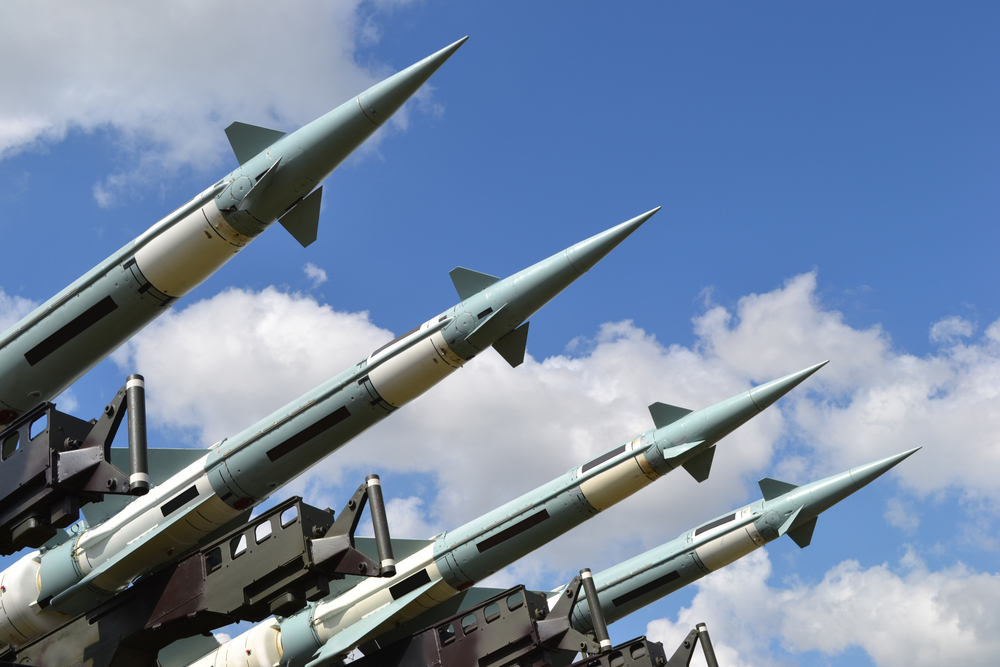
U.S. and Japan conduct successful missile block test
While everyone was at home watching TV on Friday night, the U.S. and Japan were shooting down a missile in space. Relax – no one was under attack. The joint effort was part of a missile block test for a $3.2 billion defense system designed to shoot down ballistic missiles.
The test, carried out at around 10:30 p.m. off the coast of Kauai in Hawaii, was a success. The Aegis Missile Defense System and Standard Missile-3 Block IIA interceptor installed onboard the USS John Paul Jones was able to track, locate, and shoot down a ballistic missile, according to the U.S. Missile Defense Agency (MDA).
Friday’s test marked the third flight test of the SM-3 Block IIA guided missile. However, it was the first intercept test, as well as the first time such a missile was launched from an Aegis ship. The U.S. Navy also said this is the first intercept engagement using the Aegis Baseline 9.C2 (BMC 5.1) weapon system.
The U.S. and Japan have cooperated since 2006 on development of the Standard Missile-3. The MDA reports that America has invested $2.2. billion on the system and Japan has spent approximately $1 billion.
The missile block test took place as tensions have escalated over North Korea’s nuclear weapons cache. U.S. Defense Secretary Jim Mattis warned of an “effective and overwhelming” response should North Korea attack the U.S. or its allies.
“Today’s test demonstrates a critical milestone in the cooperative development of the SM-3 Block IIA missile,” said MDA Director Vice Admiral Jim Syring in a statement.
”The missile, developed jointly by a Japanese and U.S. government and industry team, is vitally important to both our nations and will ultimately improve our ability to defend against increasing ballistic missile threats around the world.”
—
By Dawn Henderson, Earth.com Staff Writer












